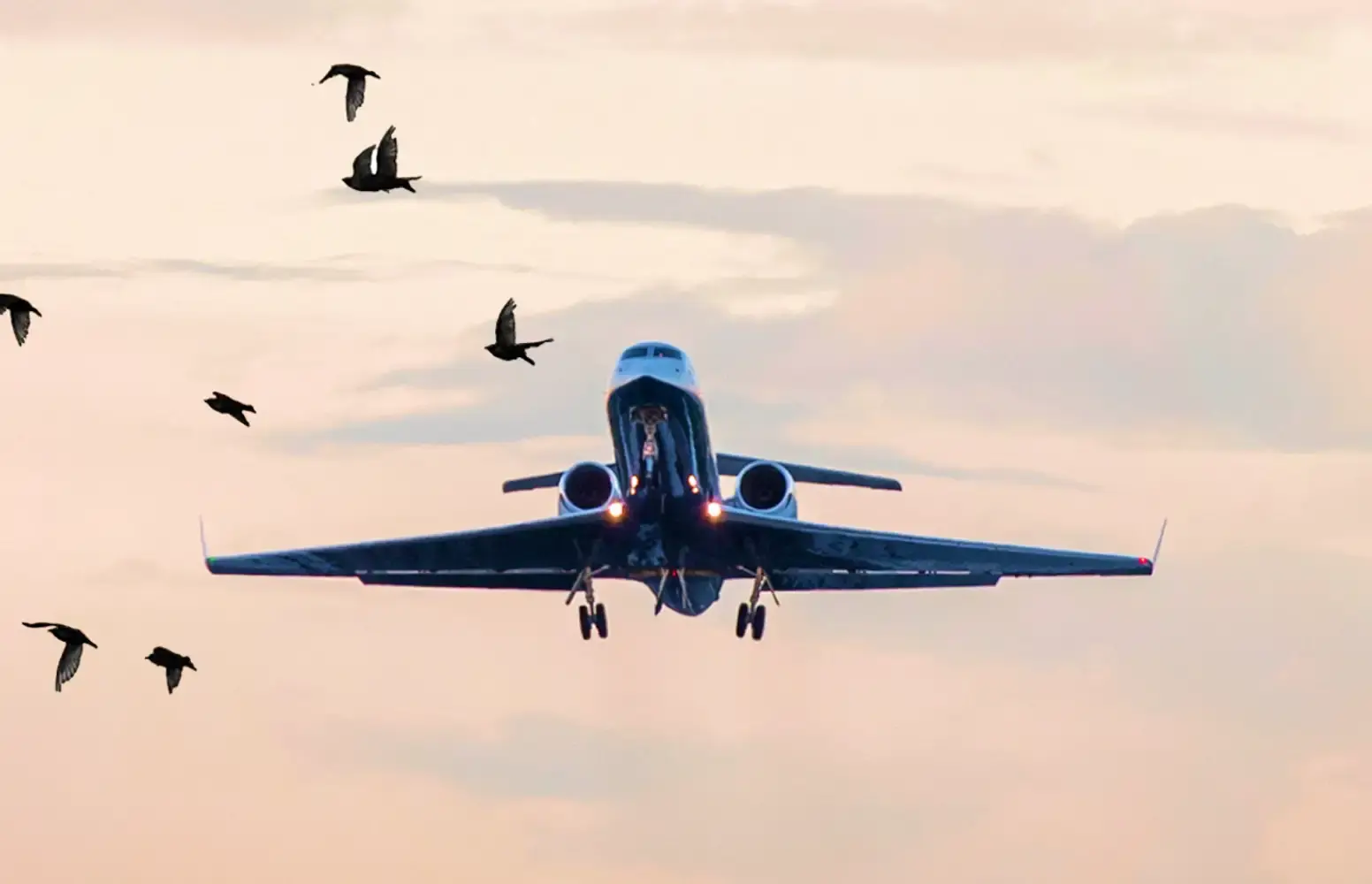
Due to the complexity of aircraft maintenance, there are a number of different licence categories which allow engineers to train in different areas, at various levels.
Line Maintenance Certifying Mechanic
This role requires a Category A Licence and allows an engineer to carry out minor maintenance tasks and replace parts on an operational aircraft that is in service. These tasks usually take place during flight turnarounds and at night.
To obtain a Category A Licence, you must complete a Part 147 approved six month course and gain one year of certified experience. Alternatively, an aspiring engineer can take the ‘self-improver’ route, which involves independent study or attending a course, as well as three years of relevant experience.
Base Maintenance Certifying Technician
A Category B Licence is needed for this role and allows engineers to complete complex tasks, as well as certifying any work completed by themselves or others. A Base Maintenance Technician can work on aircraft which are not in service, for example those which are undergoing a scheduled service or a major re-fit.
An engineer must complete a two year approved course, in addition to two years of certified experience in a specific discipline, meaning a person can become a certified specialist in more than one field.
The self-improver option is also available for this certification, which can be achieved with 5 years of applicable experience, combined with independent study or a relevant course.
Aircraft maintenance qualifications do not follow a linear path and mechanics can focus their expertise on specific disciplines and different aircraft types. It is worth noting that timescales can vary from one category to the next, especially when comparing an approved course to an independent modular course.
Applications to obtain a licence can be submitted to the Civil Aviation Authority (CAA) online.
Applicants must also possess a ‘Part 66’ maintenance licence which is approved by the European Aviation Safety Agency (EASA); this is awarded by the Civil Aviation Authority and is recognised by participating European nations.
Who is the CAA?
The Civil Aviation Authority is the statutory corporation which oversees and regulates all aspects of civil aviation in the United Kingdom. Its areas of responsibility include supervising the issuing of licences, testing of equipment, calibrating of navaids, and many other inspections.
Who is the EASA?
The European Union Aviation Safety Agency is an agency of the European Union with responsibility for civil aviation safety. It carries out certification, regulation and standardisation, and also performs investigation and monitoring.
Search the latest Aircraft Mechanic jobs



